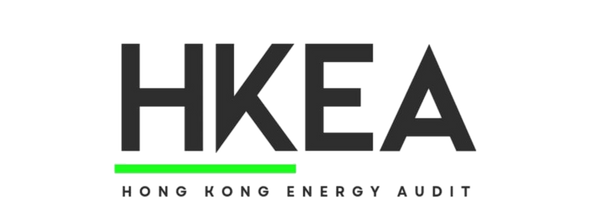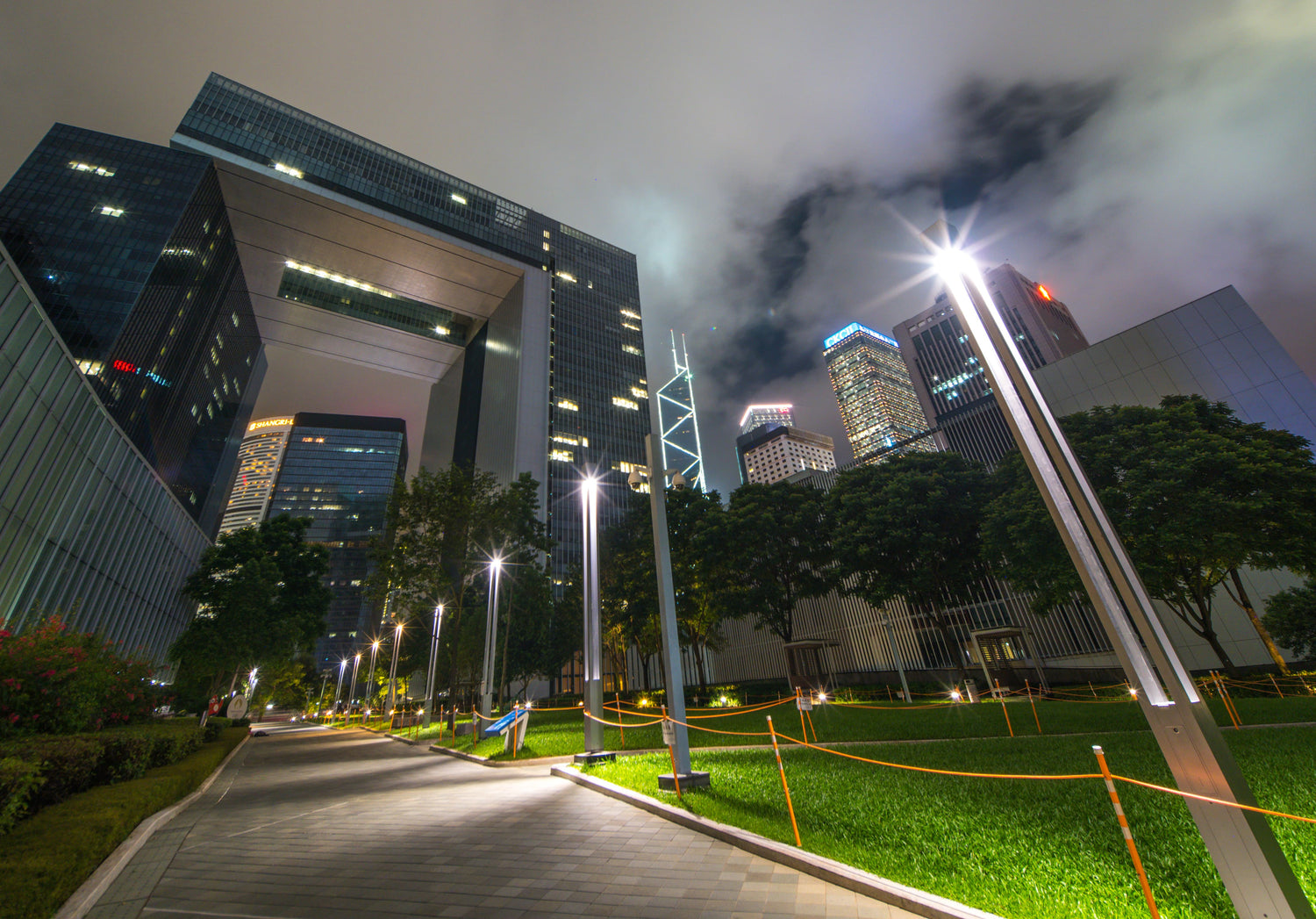
【Improve energy efficiency and reduce electricity bills】
Share
Hong Kong is densely populated, with tall buildings and huge energy demand. Improving energy efficiency is crucial for sustainable development. Energy efficiency labels are an important reference for consumers or companies to purchase energy-saving products. They contain rich information and far-reaching significance. Hong Kong's energy efficiency labels are divided into 5 levels, and there is a clear gap in electricity bills for products of different levels. Improving energy efficiency is a positive help to environmental protection. HKEA will explain the mandatory energy efficiency labeling program in detail. The most important thing is to understand the label and reduce electricity bills.

Overview of Hong Kong's Energy Efficiency Labelling System
The Hong Kong government has implemented a mandatory energy efficiency labelling scheme through the Energy Efficiency (Labeling of Products) Ordinance, which aims to facilitate consumers (including individuals or businesses) to choose energy-efficient electrical appliances and enhance the public's awareness of energy conservation. Currently, the mandatory energy efficiency labelling scheme has been implemented to the fourth phase, covering a variety of products commonly used in daily life, including air conditioners, refrigeration appliances, compact fluorescent lamps (CFLs), washing machines, dehumidifiers, televisions, storage electric water heaters, induction cookers, LED lamps, gas cooking stoves and instant gas water heaters.
Detailed explanation of energy efficiency labels at different levels
Energy efficiency labels are divided into five levels according to the energy efficiency performance of products. Products with Grade 1 energy labels have the highest energy efficiency, while products with Grade 5 energy labels have the lowest energy efficiency. When consumers purchase products, they can understand the energy efficiency levels of different products through a clear grading system, so that they can make more informed choices.
Level 1: Peak Energy Efficiency
The first-class energy efficiency label represents the most energy-efficient products on the market. For example, the energy efficiency ratio (EER) or seasonal energy efficiency ratio (SEER) of air conditioners with the first-class label is much higher than that of similar products of other levels. When these air conditioners are in operation, they can achieve the ideal cooling or heating effect with the least power consumption. In terms of lighting, the first-class LED lamps have higher luminous efficiency and consume much less electricity than low-class lamps at the same brightness.
Level 2: High-performance option
The second-level energy efficiency products also perform well in terms of energy efficiency. Although they are slightly inferior to the first-level products, they are still much more energy-efficient than the middle-level products. Taking refrigerators as an example, the insulation performance and compressor efficiency of second-level refrigerators are better than those of middle- and low-level refrigerators, which can effectively reduce power consumption. At the same time, they are not inferior in terms of preservation and refrigeration functions.
Level 3: Moderate Energy Efficiency
Products with the third-level energy efficiency label represent the average energy efficiency level in the market. They can meet the basic usage needs of consumers, but their energy consumption is higher than that of the first two levels of products. For example, some ordinary TVs meet the needs of the public in terms of screen size and picture quality, but are in the middle in terms of energy efficiency.
Level 4: Energy consumption gradually increases
The energy consumption of products in the fourth level of energy efficiency is significantly higher than that of the first three levels. Taking air conditioners as an example, the fourth level of air conditioners may have lower manufacturing costs, but the cost is lower energy efficiency, and more electricity is needed to achieve the same effect as high-level air conditioners during operation.
Level 5: Least energy efficient
Products with the fifth-level energy efficiency label are at the worst level in terms of energy efficiency. With the current trend of environmental protection and energy conservation, the proportion of such products in the market is gradually decreasing. When consumers purchase, unless there is a special need, they usually avoid choosing products of this level.

Grade 1: Highest energy efficiency level
Annual power consumption (kWh): Assuming the air conditioner is used for 1,200 hours per year in Hong Kong's climate, its annual power consumption is 620 kWh. Assuming the electricity cost is HK$1.2 per kWh, the annual electricity cost of this air conditioner is HK$744.
Cooling capacity (kW): The higher the cooling kilowatts, the stronger the cooling capacity is and the faster it can lower the indoor temperature.
The information on the energy efficiency labels can be used to compare appliances of various brands within the same energy efficiency rating, allowing for a more detailed comparison.
The difference in electricity costs between products with different energy efficiency labels
Energy efficiency directly affects the electricity bill of the product. Taking a 2-HP air conditioner as an example, the test conducted by the Consumer Council shows that the energy efficiency of the 12 samples with the same energy label of 1 level still varies. In terms of year-round cooling, the one with the highest energy efficiency saves 27.4% of electricity compared to the one with the lowest energy efficiency. Assuming that a 2-HP air conditioner with low energy efficiency (such as Grade 5) runs for 1,000 hours per year in the cooling season and consumes 3,000 kWh of electricity, the annual electricity bill is HK$4,500 based on the average electricity price of HK$1.5 per kWh in Hong Kong. On the other hand, a similar air conditioner with high energy efficiency (such as Grade 1) may run for the same time in the cooling season each year, consuming only 2,000 kWh of electricity, and the annual electricity bill is HK$3,000. A Grade 1 air conditioner can save HK$1,500 in electricity bills per year compared to a Grade 5 air conditioner in terms of cooling. If the commercial office building does not use central air conditioning, the electricity bill can be saved more by using multiple air conditioners.
Taking lighting fixtures as an example, an ordinary 60W fifth-level energy-efficiency incandescent bulb, if used for 5 hours a day, consumes 109.5 kWh of electricity per year; while a 12W LED bulb with the same brightness and first-level energy efficiency consumes only 21.9 kWh of electricity per year. Based on the same electricity price, the annual electricity bill for an incandescent bulb is HK$164.25, and the annual electricity bill for an LED bulb is HK$32.85. The LED bulb can save more than HK$130 in electricity bills per year. This shows that long-term use of energy-efficient products can save considerable electricity bills in operating costs.
Energy efficiency labels help protect the environment
Reduce energy consumption and reduce the use of fossil fuels
Most of Hong Kong's electricity and gas energy comes from non-renewable fossil fuels such as coal and oil. Using products with high energy efficiency (obtaining high-level energy efficiency labels) can effectively reduce energy consumption. Taking the LED lights, gas cooking stoves and instant gas water heaters newly added to the fourth phase of the mandatory energy efficiency labeling scheme as an example, after the inclusion of the new three types of products in the scheme, it is estimated that about 160 million kWh of electricity can be saved each year, which is equivalent to reducing carbon emissions by about 75,000 tons per year. After the implementation of the entire mandatory energy efficiency labeling scheme, the total residential energy consumption is expected to drop significantly, thereby reducing dependence on fossil fuels and reducing air pollutants and greenhouse gas emissions generated by burning fossil fuels.
Promote sustainable development and protect the ecological environment
By encouraging consumers to choose energy-efficient products, the Energy Efficiency Labelling Scheme helps to promote the whole society towards sustainable development. Reducing energy consumption and pollutant emissions can effectively improve Hong Kong's air quality, protect the ecological environment, and create a healthier and more livable living environment for citizens. For example, reducing greenhouse gas emissions can help mitigate global warming and reduce the frequency and intensity of extreme climate events, thereby protecting Hong Kong's coastline, ecosystem and biodiversity.
HK Energy Audit's energy audit services
After understanding the importance of energy efficiency labels, if you want to further improve the energy efficiency of commercial premises, you can consider the energy audit service of HK Energy Audit. Energy audit is a process of inspecting and evaluating buildings and pointing out energy-saving opportunities. HK Energy Audit's professional team can conduct qualitative and quantitative analysis of the energy utilization of energy-consuming units in accordance with the relevant energy-saving regulations and standards of the Electrical and Mechanical Services Department of Hong Kong, and audit, monitor, diagnose and evaluate energy utilization efficiency, consumption level, energy economy and environmental effects. In the next year, under the new revision of BEEO, 9 more types of buildings will be included in the mandatory energy audit list. Energy audits meet regulatory requirements in the public sector, and can also fully understand the electricity consumption of buildings in the private sector. Through our REA's recommendations, you can save operating costs (mainly electricity expenses). Please feel free to contact our customer service staff for details about energy audit services .




